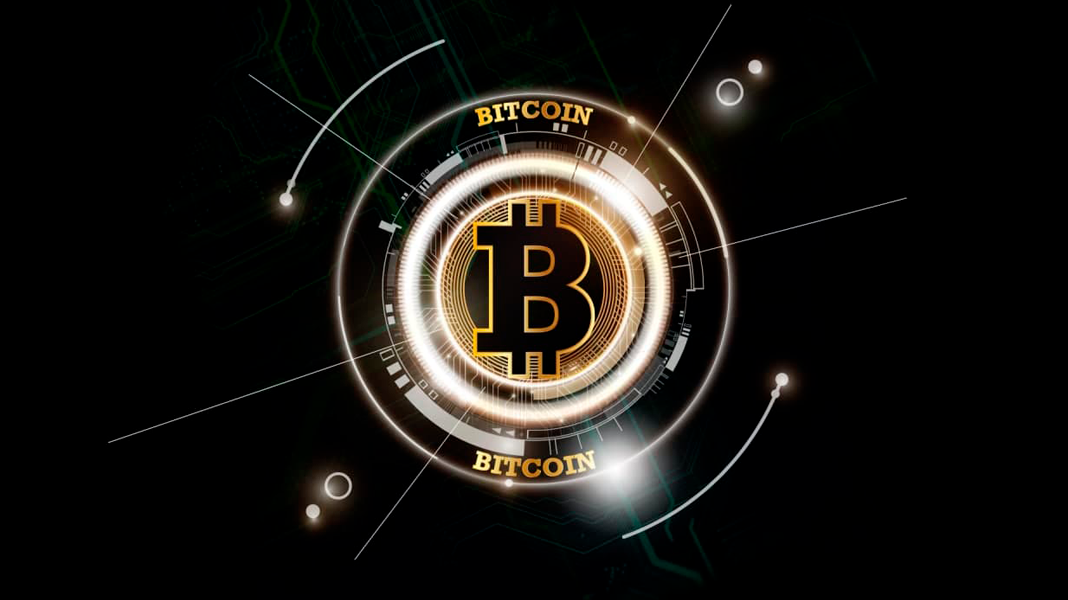For a long time, the blockchain gaming market was dominated by simple gambling applications, such as dice games. But now, developers are starting to ramp up their efforts.
Of all blockchain’s “killer use cases,” integrating the technology into gaming offers perhaps the most significant benefits to both sides. There are an estimated 2.7 billion gamers in the world – more than a third of the world’s population, providing a sizable base of potential adopters. From the gaming perspective, blockchain has a lot to bring to the table – provably fair play, transparency, an easy way to exchange value, and the ability to tokenize in-game assets with non-fungible tokens, to name but a few. So it’s hardly surprising that blockchain-based gaming is one of the fastest-growing use cases for the technology. According to aggregator site State of the Dapps, games account for three out of the top six most-used dApps, clocking up comparable user numbers to platforms like Maker and Chainlink. For a long time, the blockchain gaming market was dominated by simple gambling applications, such as dice games. But now, spying the potential, blockchain developers are starting to ramp up their efforts. Here are three recent releases that take blockchain gaming to a more sophisticated level. Bridge ChampBridge is one of the most popular card games, known for its complexity and need for strategic thinking. It’s most commonly played in clubs and at home. However, the events of 2020 have severely hampered gamers, and the opportunities for playing online are sorely lacking. There are only a couple of dominant operators, and with such little competition, users are left with a poor gameplay experience. Therefore, Swiss-based blockchain development firm Jelurida is seeking to plug the gap with Bridge Champ. Bridge Champ is purpose-built for the game, offering customization options, an open API to organize contests and tournaments, and built-in social features such as chat and video. However, the blockchain features are where Bridge Champ really comes into its own. The platform will feature an in-game economy for competition registration, with the ability to award crypto assets awarded for “proof-of-play” and player achievements. Achievements will also be stored on Jelurida’s platform, the Ardor blockchain, which will provide proven randomization of card dealing, preventing fraudulent behavior and cheating. Jelurida is partnering with Bridge Online Academy, experts in online bridge training, for their expertise about game and tournament design. The partnership also equips Jelurida with a ready-made network in the bridge gaming space. Alpaca CityAlpaca City is a fusion of Cryptokitties-type digital collectible alpacas combined with DeFi features. The adorable digital alpacas are based on ERC721 tokens, allowing users to collect and breed unique digital artwork with distinctive traits. However, Alpaca City also has its own native fungible token called ALPA. This is the utility token of Alpaca City, offering users the ability to breed alpacas, but also to stake and participate in community governance voting. Breeders pay fees in ALPA to the platform so they can create new alpacas. Those who stake tokens can earn a share of the fees. During the ongoing heat of the US presidential race in early November, two alpacas named “Albiden” and “Trumpaca” were placed on NFT platform Open Sea. Although alpacas are generally peace-loving creatures, these two fought it out via an “MMA fight,” which was effectively an auction to see which could attract the highest bidder. In this case, it was Trumpaca who took the race, selling for 5.25 ETH compared to the highest bid for his opponent, 5 ETH. MegaCryptoPolisMegaCryptoPolis is an ambitious, 3D decentralized city building strategy game available on the Ethereum and as blockchains. However, unlike most city-building games, MegaCryptoPolis has its own in-game economy allowing players to rent space, produce materials needed to construct other buildings, or buy and sell goods and services.Much like in the real world, buildings are split up into different purposes. Residential buildings are there to help create new citizens, while production and energy buildings supply the raw materials and utilities needed to run the other buildings in MegaCryptoPolis. Users will need a combination of Ethereum and Tron tokens to buy all resources, as some are only available on one or the other blockchain. MegaCryptoPolis has been running for over two years as a 2D game. However, this year it received a significant level-up, with a switch to 3D and the introduction of the MEGA token, which introduces concepts of DeFi and an in-game token economy. There is a fixed supply of two million MEGA tokens. Ten percent of these tokens have been used to establish the market price via automated market makers like Uniswap. Players can earn MEGA by staking resources such as energy or materials into the vault, and then trade their MEGA, use them to generate yield in the DeFi ecosystem, or purchase in-game resources. next








